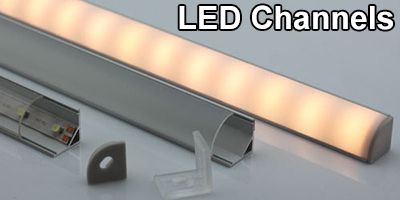Hi everyone. I recently bought an LED Lenser P7 flashlight. I have a few questions which I'm hoping someone can answer, keeping in mind this is my first ever 'expensive' flashlight, and I'm totally new to this:twothumbs.
1) Will the flashlight be just as bright with NiMH's and Alkalines?
2) Is it possible to use rechargeable NiMH's in the P7?
I'm sure I'll think of some more questions as we go...
Thanks.
1) Will the flashlight be just as bright with NiMH's and Alkalines?
2) Is it possible to use rechargeable NiMH's in the P7?
I'm sure I'll think of some more questions as we go...
Thanks.


 )
)

